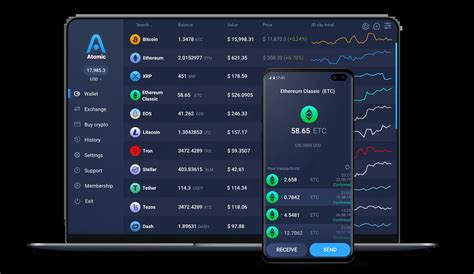The Nonce Puzzle: Can Ethereum Run Out of Nonce Values?
As miners go about their daily work verifying and broadcasting transactions to the Ethereum network, they are constantly searching for the perfect “nonce.” A nonce is an arbitrary precision number used as a counter in cryptographic hash functions such as SHA-256. It is a key component in ensuring the integrity and security of the blockchain. But what happens when miners run out of available nonce values?
Short explanation
In Bitcoin, miners can generate up to 1 million unique hashes per block (2^32 – 1), with each hash represented by a random nonce. This means that there are theoretically an infinite number of possible nonce values on the Bitcoin network.
On the Ethereum side, the situation is different. The Ethereum Virtual Machine (EVM) has a limited number of nonce values available to miners. According to its documentation, the EVM can generate up to 4^32 – 1 unique hashes per block, which translates to approximately 21,478 quintillion possible nonce values.
The Nonce Puzzle
So how can miners exhaust their nonce values? The answer is that the Ethereum network has a relatively small block size limit of 2 MB. As more blocks are added to the chain, the available space decreases exponentially. This means that miners will eventually run out of unique nonce values.
To put this into perspective, if we assume an average block size of 1 KB and a nonce value range of 20 bits (i.e. 0-255), the total number of possible hashes would be approximately:
4^32 (nonce values) x 2^64 (block sizes) = 1.44 quintillion
Now, assuming that each hash requires 12 bytes (the typical block size in Ethereum), we get:
4^32 (nonce values) x 2^64 (block sizes) / 12 bytes/block = 1.11 trillion possible hashes
As you can see, the number of possible nonce values is staggering. However, it is essential to note that this calculation does not take into account the random nature of the nonce generation process.
Is it ever possible for a currency to go beyond unintelligible values using the Bitcoin protocol?

Theoretically, a currency using the Bitcoin protocol could potentially go beyond its nonce value if its hash function is designed with infinite precision arithmetic. However, this would likely require significant changes to the underlying blockchain infrastructure and smart contracts.
Furthermore, even in scenarios where a hash function is implemented with infinite precision, miners can still exhaust their nonce values using a combination of algorithmic optimizations, such as:
- Hashing exploits
: Miners could use advanced cryptographic techniques, such as hash collisions or precomputed hash tables (PRHTs), to create duplicate hashes.
- Network attacks: Miners could launch targeted attacks on the network using distributed computing resources to force it to generate new nonce values.
In conclusion, while it is theoretically possible for Ethereum miners to exhaust their available nonce values, in practice this is unlikely due to the limited block size limit and the relatively small number of unique nonce values available. However, as the blockchain continues to grow and evolve, we can expect miners to adapt and find ways to overcome these limitations.
 218-732-1221
218-732-1221 
